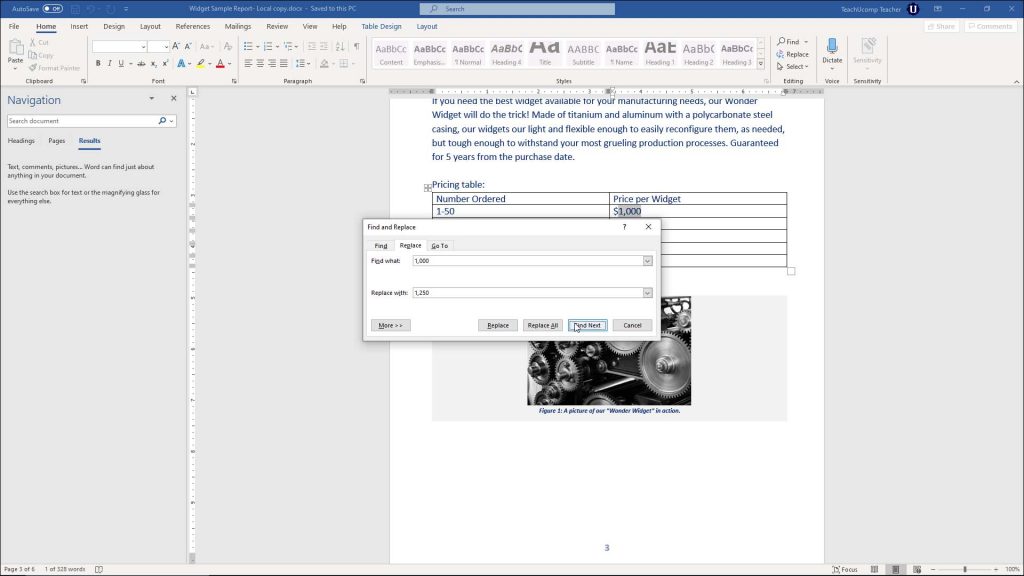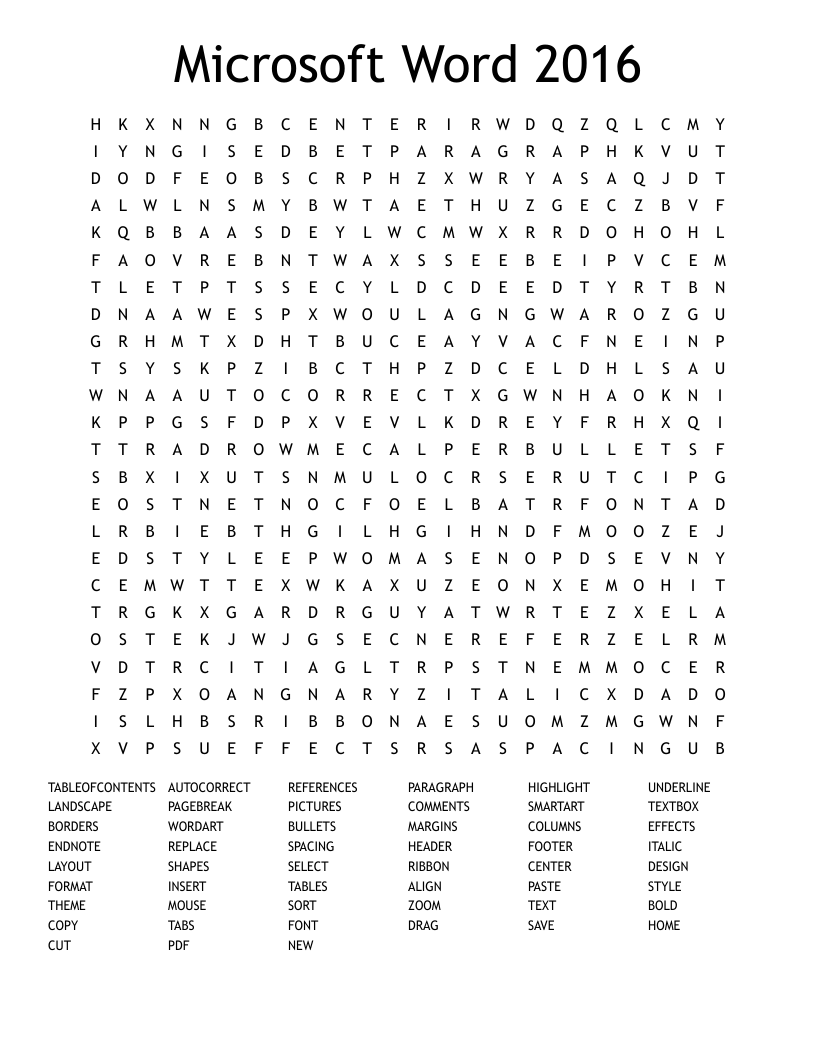
Use Contextual Alternates: When we activate the Use Contextual Alternates command, this feature tells the program to look for and to change combinations of specific letters. From the drop-down menu we can select from the Default and the numbers between 1 and 20. Stylistic sets offer flourishes to the letter forms. Stylistic Sets: Stylistic Sets contain more functions and are used sometimes as a way to get around certain limitations and the way it handles OpenType Code.

We can choose from the following Ligatures: Almost every Font comes with standard Ligatures and they most have Ligatures built in. They are coded into main Fonts and are usually a great feature to turn on. Ligatures: Is a nice way of describing letter combinations. For this post, I will describe the OpenType Features. The Advanced tab is separated in the following three main areas: The Character Spacing, the OpenType Features and the Preview area. In the image below, I have selected the Advanced tab. This dialog box is separated in two Tabs, the Font tab and the Advanced tab which we must select. Once selected, the Font dialog box appears as shown in the image below. Here we are notified that we can Customize Out Text Using Advanced Font and Character Options To Give It The Exact Look We Want. In this post I will describe the OpenType Features that are available in Microsoft Word so we can experiment with.Īt the bottom right corner of the Font area of the ribbon, we select the arrow as shown in the image below.

Ligatures contain different stylistic sets, number formats, number spacing styles that makes our Document look more artistic.

Apart from the basic Font Styles, it also includes some advanced Font Styles in Ligature Category.

Word contains many Font families and Font Styles. Definition of Ligature: a printed or written character (such as æ or ff) consisting of two or more letters or characters joined together.


 0 kommentar(er)
0 kommentar(er)
